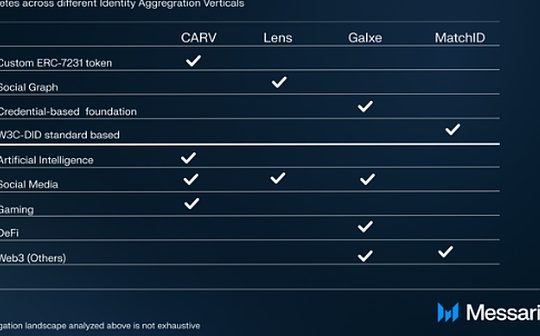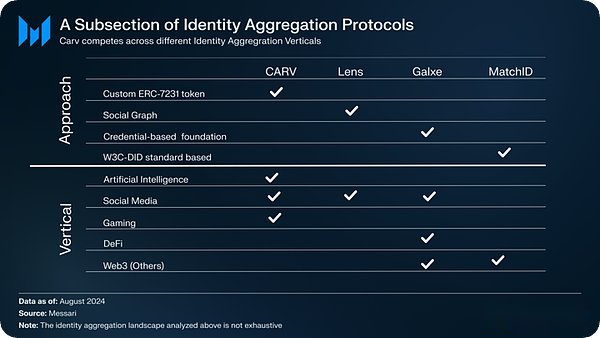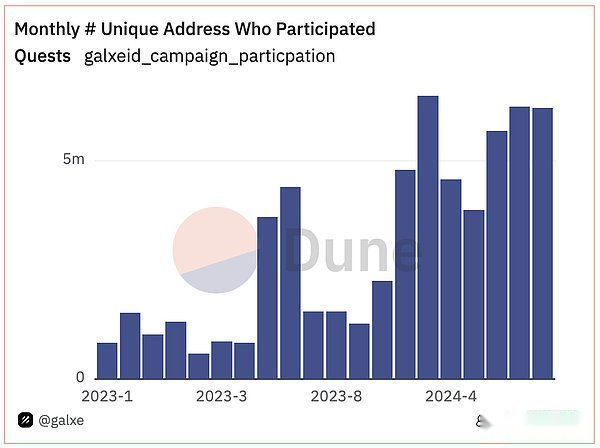
Author: Jennifer Obem, Messari Research Analyst; Compiled by: 0xxz@Bitchain Vision
ID fragmentation is a challenge we are very familiar with – our digital self is scattered across countless platforms, each retaining only a small part of our ID.
-
Traditional ID management systems can no longer keep up with the times and are hindered by outdated technologies and complex data protection laws.
But Web3 is working hard to solve this problem positively with some creative solutions.At the heart of many Web3 ID solutions is Zero Knowledge Proof (ZKP), which allows users to verify their identities without revealing sensitive information.
 Interestingly, many Web3 projects did not start with ID aggregation protocol, but gradually evolved into ID aggregation protocol.
Interestingly, many Web3 projects did not start with ID aggregation protocol, but gradually evolved into ID aggregation protocol.
Take Galxe as an example, which started as a credential-based user acquisition platform that helps Web3 projects attract loyal users through tasks and activities.
-
With over 26 million unique wallet addresses participating in Galxe-based activities and awarding over 220 million credentials, Galxe recognizes the opportunity to provide ID aggregation solutions.
In April 2024, they launched the Galxe ID protocol, which has since issued more than 150 million IDs, allowing users to link their Web3 profiles and social accounts to one identifier.

Source: Dune-Galxe
-
Other projects (such as Carv) take a niche approach to cater to specific areas with clear needs for unified ID management.Carv focuses on the gaming field, allowing gamers to merge their Web2 and Web3 IDs into a unique identifier Carv ID.As of this writing, the link hasissuedMore than 2.9 million Carv IDs .
-
Meanwhile, solutions such as Litentry and Match ID are adopting new or existing ID standards such as W3C DID, while other solutions such as ENS and Lens Protocol use domain name services or social graphs respectively.As demand for such solutions continues to increase, new ID aggregator protocols continue to emerge.
The benefits of ID aggregation for Web2 and Web3 are obvious—
-
Users have the right to own, manage and monetize their data
-
Enterprises can access high-quality user-owned data, thereby providing users with more personalized products
As these protocols develop, it will be interesting to see which approach will get the most development momentum in the coming years.








